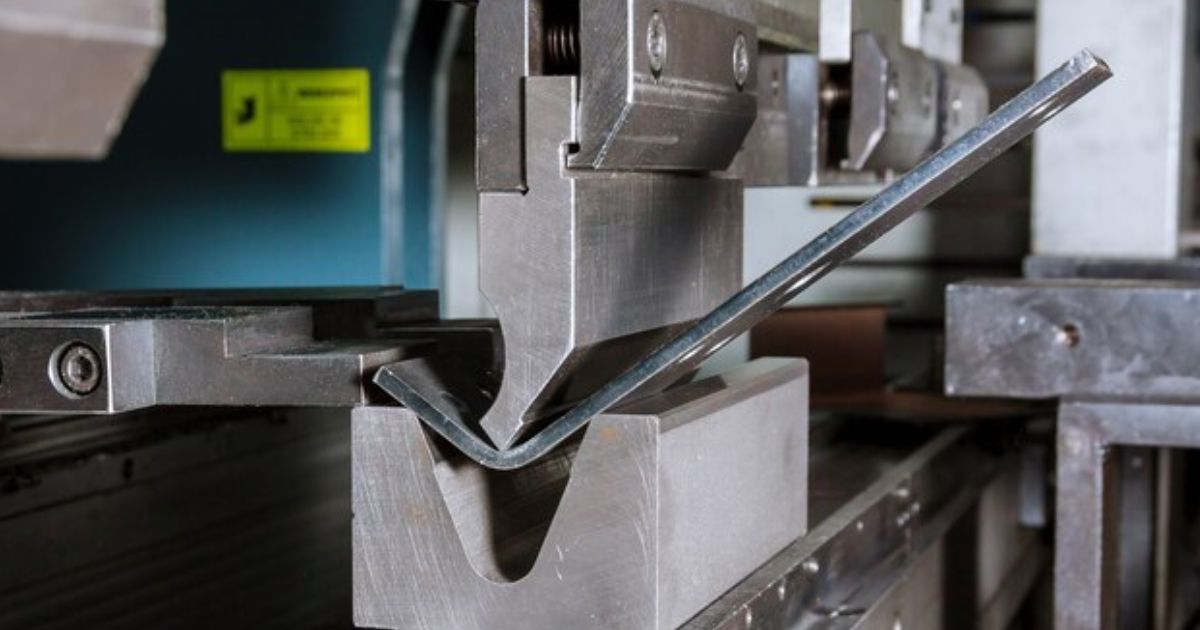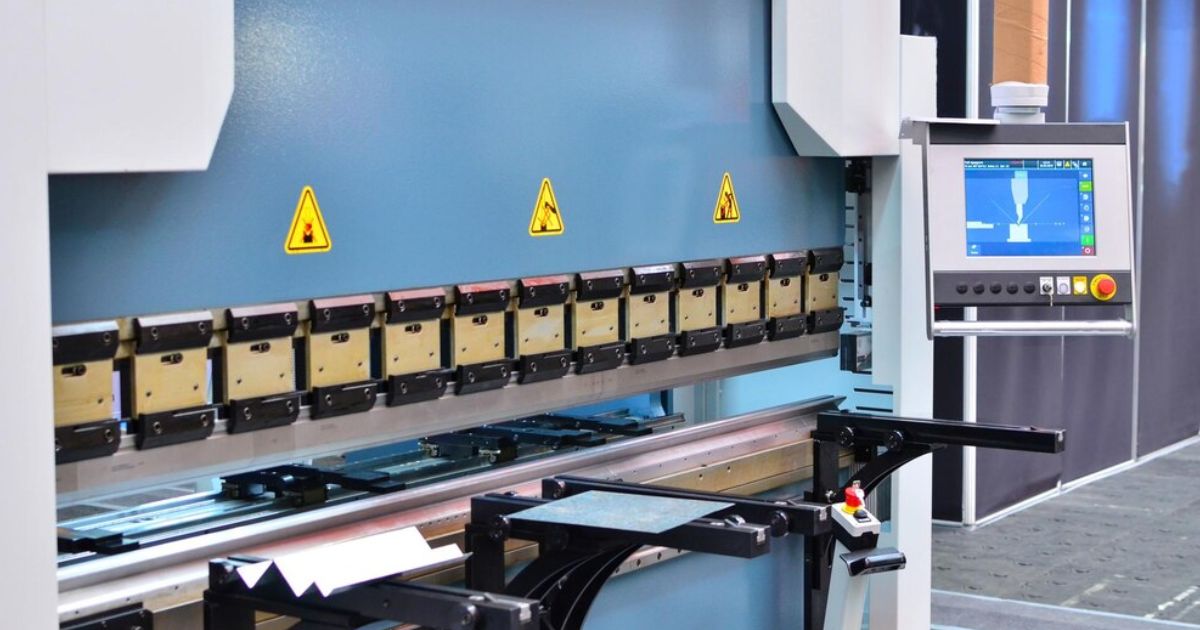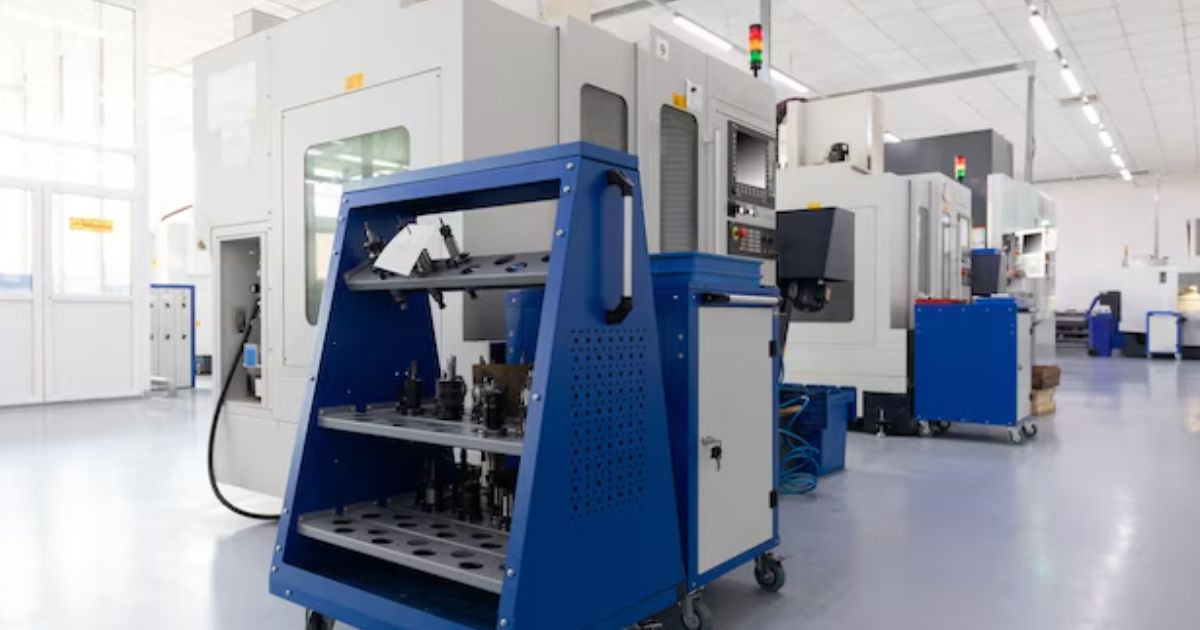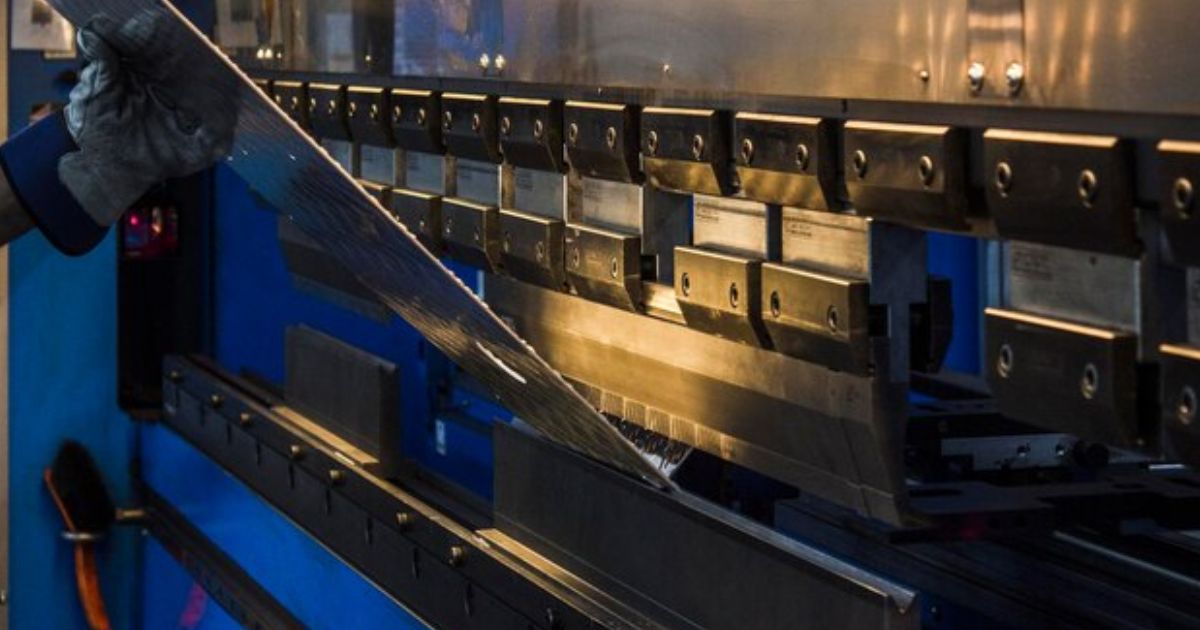Metal cutting is a crucial process in various industries, and achieving precision in this task is vital for quality production. Among the many machines designed for this purpose, The Hydraulic shearing machine stands out as one of the most efficient and widely used options. Unlike mechanical shearing machines that rely on flywheels and gears, hydraulic shearing machines use hydraulic pressure to generate force, ensuring higher accuracy, better efficiency, and smooth cutting operations. They are essential in industries where clean and precise metal cutting is required, such as construction, automotive, aerospace, and metal fabrication.
This guide explains how a hydraulic shearing machine works, its key components, benefits, and applications. By the end of this article, you will have a clear understanding of why this machine is a preferred choice in industrial settings.
What is a Hydraulic Shearing Machine?
A Hydraulic shearing machine is an industrial tool used for cutting metal sheets with high precision. It operates by applying hydraulic force to press a moving blade against a fixed blade, shearing the metal in between. This process ensures clean and accurate cuts without causing damage to the material. Hydraulic shearing machines are capable of cutting various metals, including mild steel, stainless steel, aluminum, and other alloys, making them suitable for a wide range of industrial applications.
One of the biggest advantages of using a hydraulic shearing machine is its ability to handle thick metal sheets with ease. The hydraulic system provides consistent force, reducing the chances of uneven cuts and material wastage. Unlike traditional mechanical shearing machines, hydraulic models operate with higher efficiency, require less maintenance, and offer better control over the cutting process.
How Does a Hydraulic Shearing Machine Work?

The working principle of a hydraulic shearing machine is based on hydraulic pressure that moves the blade to cut the metal sheet. The process begins when the operator places the metal sheet on the machine’s worktable and secures it using clamps. Once the sheet is positioned correctly, the operator activates the hydraulic system, which generates the required pressure to move the upper blade downward. This downward motion forces the sheet against the fixed lower blade, resulting in a precise cut.
Once the cut is complete, the hydraulic system releases the pressure, allowing the upper blade to return to its original position. This cycle repeats for continuous operations, ensuring high productivity in industrial applications. The hydraulic cutting machine working mechanism ensures accuracy and reduces the need for secondary finishing, making it a cost-effective solution for metal cutting.
Key Components of a Hydraulic Shearing Machine
A hydraulic shearing machine consists of several essential components that work together to ensure smooth and efficient cutting operations. The hydraulic system is the heart of the machine, generating the necessary force for cutting. It includes a hydraulic pump that supplies pressure, a reservoir that stores hydraulic fluid, and cylinders that convert hydraulic pressure into mechanical force to move the cutting blade.
The blade assembly consists of an upper moving blade and a lower fixed blade. These blades are made from high-strength materials to ensure durability and precision. The back gauge system is another crucial component that helps in positioning the metal sheet accurately, allowing for consistent cuts based on pre-set measurements.
The control panel enables operators to set stroke length, cutting speed, and pressure levels depending on the material being cut. The frame and worktable provide structural stability, ensuring that the machine remains steady during operation. These components work together to deliver precise and efficient cutting performance.
Types of Hydraulic Shearing Machines
There are different types of hydraulic shearing machines available, each designed for specific industrial applications. The hydraulic guillotine shearing machine is one of the most commonly used models, known for its straight-line blade movement that ensures high precision. This type of machine is ideal for industries requiring accuracy and efficiency in metal cutting.
Another widely used model is the swing beam hydraulic shearing machine, where the upper blade pivots while cutting. This design reduces energy consumption, making it suitable for cutting medium-thickness metal sheets. For smaller operations, a small hydraulic shearing machine is a compact and cost-effective option that delivers the same high-quality performance in a smaller footprint.
A hydraulic punching and shearing machine is a multi-functional model that combines shearing and punching capabilities, making it an excellent choice for metal fabrication workshops. Each type of hydraulic shearing machine has its own advantages, and the choice depends on the specific needs of the industry.
Applications of Hydraulic Shearing Machines

1. Automotive Industry
Used for cutting metal sheets required in car bodies, chassis, and structural components.
2. Aerospace Industry
Plays a vital role in precision cutting for aircraft components.
3. Shipbuilding Industry
Cuts large steel plates used in ship construction.
4. Construction Industry
Used for metal sheets required in building structures, bridges, and infrastructure projects.
5. Metal Fabrication Workshops
Essential for various shearing, cutting, and shaping operations, ensuring high-quality outputs.
Applications of Hydraulic Shearing Machines
The hydraulic shearing machine is widely used across various industries due to its ability to cut metal sheets with precision. In the automotive industry, it is used for manufacturing car bodies, chassis components, and other structural parts. The aerospace industry relies on hydraulic shearing machines for cutting aircraft components with high precision.
In shipbuilding, these machines are essential for cutting large steel plates used in the construction of ships. The construction industry uses hydraulic shearing machines to cut metal sheets for bridges, buildings, and infrastructure projects. Metal fabrication workshops also depend on these machines for various cutting and shaping operations, ensuring high-quality outputs.
Hydraulic Shearing Machine Price & Cost Considerations
The hydraulic shearing machine price varies based on factors such as cutting capacity, automation level, brand reputation, and machine size. Machines with higher tonnage capacity cost more, as they can cut thicker sheets with ease. Automated models, such as CNC-controlled hydraulic shearing machines, are more expensive but offer higher precision and efficiency.
Brand reputation plays a significant role in pricing, with well-established manufacturers like Energy Mission offering high-quality machines that provide long-term reliability. The size of the machine also affects its cost, with small hydraulic shearing machines being more affordable for workshops with limited space.
When considering the hydraulic guillotine shearing machine price, businesses should evaluate their production needs and choose a model that offers the best balance between cost and performance.

Conclusion: Choose Energy Mission for High-Quality Hydraulic Shearing Machines
A hydraulic shearing machine is an essential tool for industries that require high-precision metal cutting. With its hydraulic-powered operation, it ensures consistent performance, minimal maintenance, and cost-effective cutting solutions. If you are looking for a reliable hydraulic shearing machine, Energy Mission provides top-tier solutions designed for industrial-grade performance.
Energy Mission’s hydraulic cutting machines are built with advanced technology to deliver superior accuracy and durability. Whether you need a hydraulic guillotine shearing machine, a small hydraulic shearing machine, or an automatic hydraulic shearing machine, we offer solutions tailored to your needs.
For the best hydraulic shearing cutting machine options, contact Energy Mission today and invest in a machine that guarantees precision, efficiency, and long-term reliability.

